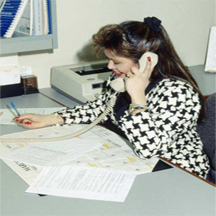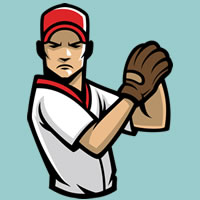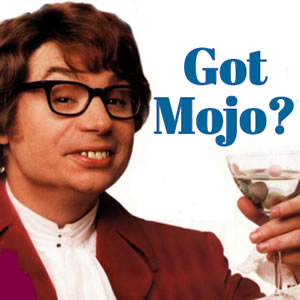This is the last – but most important – of this three-part series about the writing travel writers need to do in addition to travel writing.
The focus of this week’s blog post is the Query Letter.
Some travel writers still struggle with writing query letters, but it’s a vital skill to have if it’s your dream to be published in print.
Travel writers who would like to write for publications should always start by submitting a Query Letter to the Editor. Your Query Letter needs to be very good, because Editors receive hundreds of Query Letters, in addition to performing their other work functions. They’ll quickly scan your Query Letter which means you generally have less than one minute to impress them.
Structure of a Query Letter
A good Query Letter should consist of four paragraphs.
Your opening paragraph should include a “hook” that quickly captures the Editor’s attention. Briefly describe your concept for the article without over-explaining it.
The second paragraph should contain specifics about your article that represents the essence of your concept. This should give the Editor a good idea of how the finished article will turn out.
The third paragraph should contain information about who you are, and why you are qualified to write the travel article you’re pitching. You should list any prior publishing credits along with clips, so the Editor can see samples of your writing.
The final paragraph should show that you’ve done your homework and researched the publication; that you understand what they’re looking for; that the target market is clear and you understand the publication’s style and tone.
Writing a query letter doesn’t have to be scary or frustrating. Write a draft query letter to alleviate the pressure of writing the letter. Go over it and or have someone else look at it. Put yourself in the Editor’s shoes and ask yourself a couple of questions:
- What is the hook of the query letter?
- How specific is the query letter?
- What would make the Editor want to approve the article?
- Do I come across as qualified to write this article?
Keep these questions in the back of your mind as you finalize your Query Letter.
Additional Advice
Some final tips:
- Always check the publication’s guidelines for submissions to be sure you’re following all directions correctly;
- Keep in mind that Editors are busy people, but do follow up if you haven’t received a reply within two weeks, or the time frame stated in their submission guidelines;
- Don’t take it personally if your article idea is rejected, but do ask for feedback that may help improve future pitches;
A Query Letter is your “knock on the door”……a really good Query Letter can open the door wide and keep your travel writing career moving forward.
~Rebecca
What is the biggest obstacle you face when write a Query Letter?






Thanks for the reminder about query letters. They can be intimidating and the thought of rejection can turn your stomach. Once you send one, it will be a piece of cake :)
Fantastic. It seems that you are always posting information, just as I am looking for it. That is my biggest stress, the query letter. So far with anything I have written, I have been lucky and didn’t have to Query.
The time has come however, and I need to work up the courage to send out ideas.
Thank you again for providing excellent advice.
Good advice on how to format the query. I just wanted to pick up on one point.
You mention a stamped self-addressed envelope and I’ve heard there are still a few publications that want queries via snail mail. But these days many prefer queries via email. Media Bistro ‘How to Pitch’ is a good place to check.
I have to admit that in 12 years as a journalist and nearly 4 as a freelance writer, including travel, I have never once sent a query by snail mail, only ever by email. Works for me!
Caitlin,
Thanks for the comment. You’d think that snail mail wouldn’t be used, but it is. To each their own. I can’t get over that people still ask for hard copied samples versus receiving a link to a portfolio site. I guess it depends on the person.
Thank goodness I wrote this post. Getting ready to submit a query letter to an online magazine. Making sure I follow my own advice :)
Thanks for this article! As a beginning writer, it’s sooo important to make a good first impression with a query :)
Abbie,
Thanks for the comment. You definitely want to make a good “first” impression because most people go by this. Some people are more lenient and know that you can’t always go by first impressions.